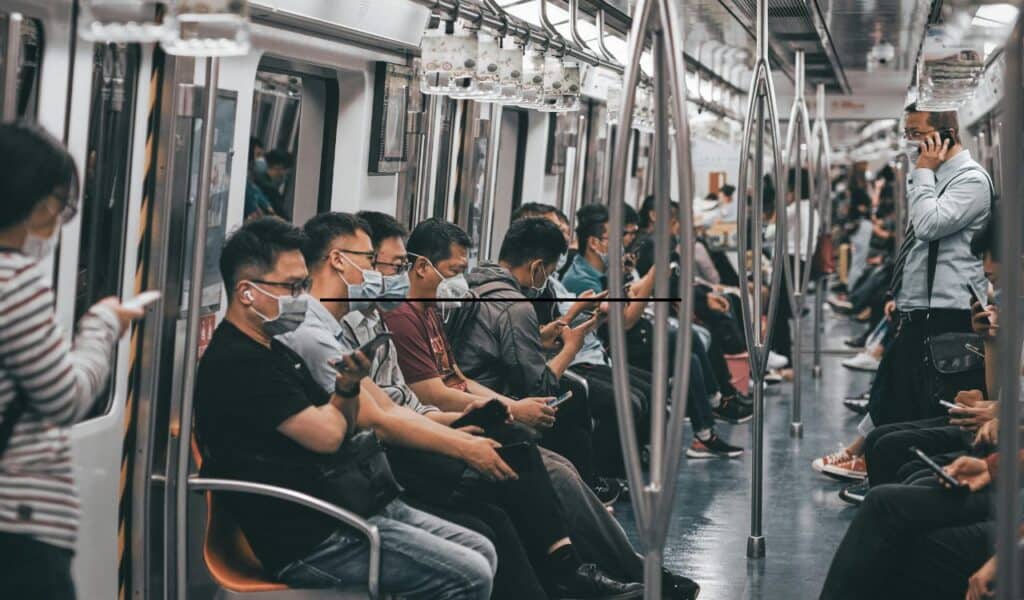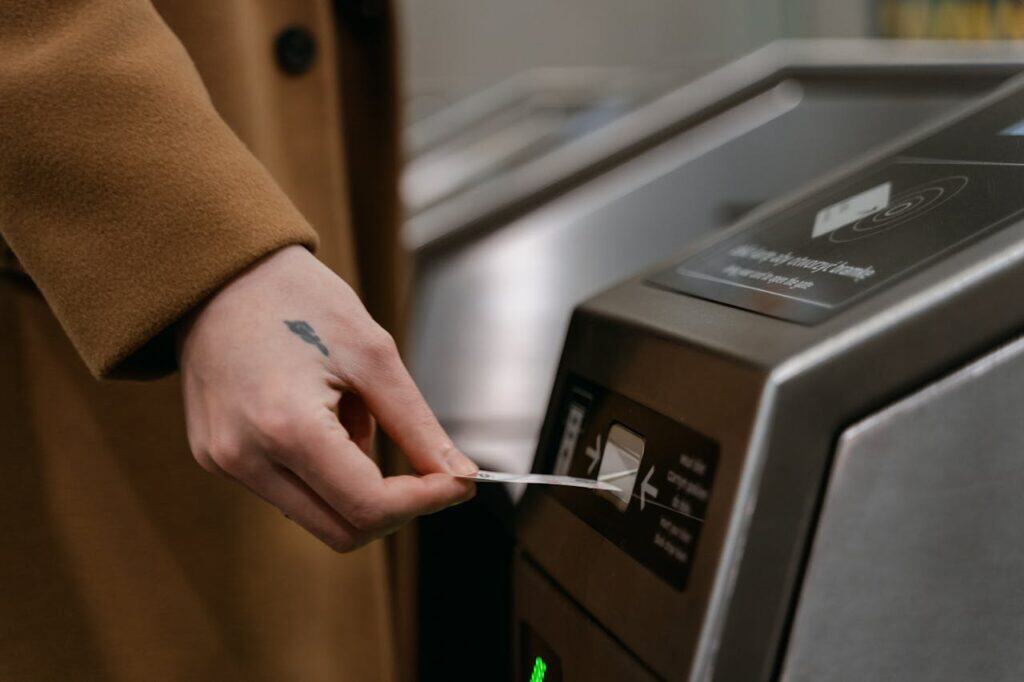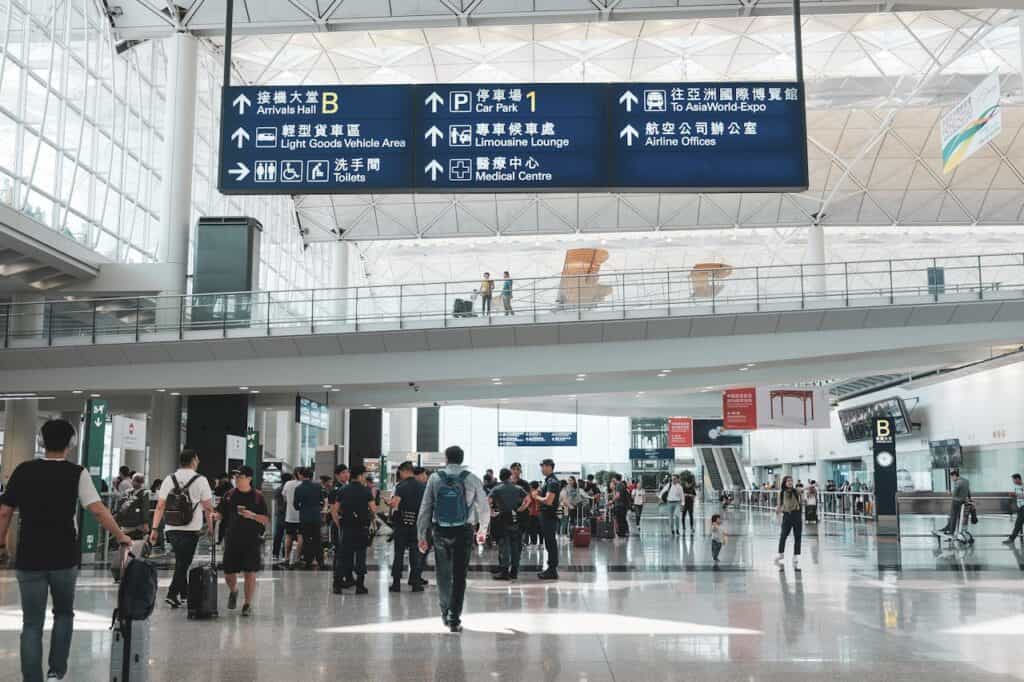We may earn money or products from the companies mentioned in this post. This means if you click on the link and purchase the item, I will receive a small commission at no extra cost to you ... you're just helping re-supply our family's travel fund.

For many travelers, public transit can be either a highlight or a hassle.
Some cities make it effortless with simple maps, clean stations, and a sense of rhythm that draws you in.
Others make it confusing or intimidating, turning a basic commute into a test of patience.
The system either welcomes you or makes you wish you had called a car.
As global travel grows and sustainability becomes essential, cities have an opportunity to rethink how visitors move.
Making public transit more appealing is no longer just about efficiency. It is about shaping how people experience a place.
When done right, it can become one of the strongest tools for managing crowds and protecting city centers.
Why Transit Matters for Travelers

Public transit defines a city’s first impression.
It is more than a way to get around. It is an introduction to local life and culture.
From the moment a visitor steps off the plane and looks for a train, they are forming opinions.
In Tokyo or Paris, stepping onto a train feels natural. In Los Angeles or Miami, it can feel like a gamble.
The difference lies in clarity, design, and whether travelers feel like transit is made for them too.
An intuitive system invites exploration while a confusing one puts up walls.
When visitors trust a city’s transport system, they explore more, spend more, and connect more deeply with the place.
They venture into neighborhoods they might have skipped and discover local spots off the tourist trail.
Start With Simplicity
The best transit systems make sense immediately.
A visitor should be able to buy a ticket, read a map, and change lines without hesitation.
No guessing, no asking strangers, no panic at the turnstile.
Clear signs, multilingual information, and easy route visuals turn confusion into confidence.
London’s Underground, for example, pairs strong visual design with an intuitive app. Singapore’s transit lets riders tap a credit card to enter.
These small decisions make a massive difference in how quickly a traveler relaxes.
Simplicity creates confidence, and confidence builds loyalty.
A visitor who figures out the system on day one will use it for the rest of their trip.
Make Payment Effortless

Nothing frustrates travelers faster than ticket confusion.
Modern cities are moving away from paper passes and toward contactless systems.
The fewer steps between arrival and movement, the better the experience.
Open payment methods let riders use the same card or phone they use everywhere else.
That small change removes friction and encourages spontaneous trips.
It also eliminates the stress of figuring out fare zones or buying the right pass upfront.
New York’s OMNY and Sydney’s Opal systems show how ease of payment can reshape how visitors explore.
When payment is invisible, travel feels frictionless.
Design for Comfort and Confidence

Travelers judge a transit system by how it feels.
Good lighting, working screens, and visible staff make all the difference.
A station that feels safe at midnight matters as much as one that looks good at noon.
Tourists often measure safety through atmosphere, not statistics. A clean, calm, and well-designed space feels trustworthy.
Seoul’s spotless subways and clear station layouts set the standard for this kind of environment.
When the environment feels orderly, people relax and pay attention to the city instead of their surroundings.
When people feel at ease, they use transit more naturally and more often.
Comfort breeds confidence, and confidence leads to exploration.
Connect Transit to Tourism

Public transport should not be separate from sightseeing.
When routes pass landmarks and attractions, travelers are more likely to ride.
Integrating transit into the tourism experience turns routine rides into part of the itinerary.
Vienna’s trams circle the city’s most famous architecture. Berlin’s metro turns stations into cultural statements.
Even something simple, like themed routes or curated guides, can make riding a memorable part of the journey.
A well-placed stop can transform a practical decision into a reason to wander.
Tourists want to feel connected to the rhythm of a city. Transit can deliver exactly that.
Riding alongside locals offers a glimpse into daily life that tour buses never provide.
Reliability Over Speed
Visitors value predictability more than speed.
A train that arrives every few minutes is more useful than one that promises speed but fails to show up.
Travelers with tight schedules need systems they can count on without constant anxiety.
Real-time updates, countdown clocks, and transparent communication keep travelers calm.
When people know what to expect, they plan better and stress less.
A simple display showing the next three arrivals can prevent half the questions at an information desk.
Consistency turns public transit from an option into a habit.
Once a visitor trusts the schedule, they stop checking alternatives.
Blend Transit With Technology
Technology can make transit feel human when it works in the background.
Integrated apps that combine metro, bus, ferry, and bike routes give travelers a clear picture of the whole network.
A single interface that shows all available options reduces confusion and makes exploration feel manageable.
Smart alerts, offline maps, and translation tools make it easier for non-locals to find their way.
The best digital systems guide quietly and effectively, helping people focus on the experience rather than the logistics.
When technology is done well, it becomes invisible and lets the city take center stage.
Prioritize Accessibility for All
Accessibility means more than just ramps and elevators.
It is about clear design, easy movement, and respect for all passengers.
Wide gates, level boarding, and clear signage serve everyone, not just people with visible disabilities.
Visitors with luggage, strollers, or mobility aids often notice every gap that locals overlook.
Cities like Copenhagen and Montreal are redesigning stations to be open, barrier-free, and comfortable for everyone.
Every extra step or narrow turnstile creates a barrier that travelers remember long after their trip ends.
When transit works for all users, it truly becomes public space.
Accessibility is not a feature to add later but the foundation of good design.
The Emotional Side of Transit
What travelers remember is how a city made them feel.
If transit feels confusing or stressful, that memory can overshadow everything else.
A single frustrating moment at a ticket machine can taint an otherwise perfect day.
But when it feels effortless, when the timing clicks and the ride is smooth, the system becomes part of the joy of travel.
That emotional connection is what makes people fall in love with a city.
They return home and recommend not just the attractions, but the ease of getting around.
A well-run train can create just as much affection as a famous landmark.
Some travelers describe a metro ride with the same warmth they reserve for a great meal.
The Road Ahead
Public transit can be the quiet hero of a great trip or the reason a traveler never returns.
The difference lies in design, consistency, and empathy.
Cities that get this right do not just move people efficiently but make them feel welcome from the first ride.
Cities that treat transit as a shared experience rather than a public service will always stand out.
When buses, trams, and trains work smoothly, visitors see more, spend more, and stay longer.
The return on investment is not just economic but reputational.
Every ride becomes part of the story a city tells about itself.
Transit is not background infrastructure but a front-facing piece of the visitor experience.